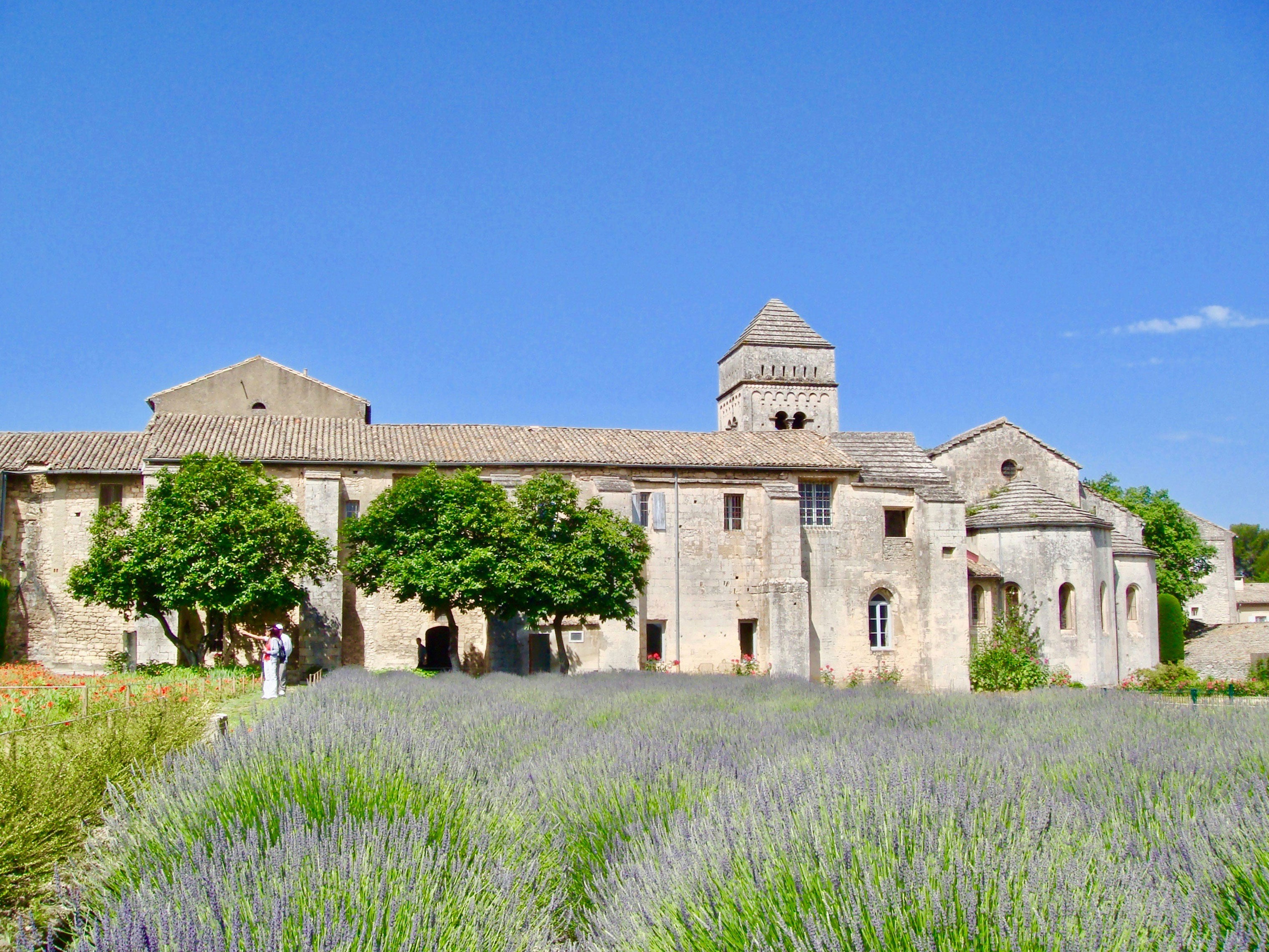French Heritage


Anduze Planters by Terre d'Anduze
The town of Anduze in the Cevennes region of Southern France has been renowned for the production of its iconic glazed “vase anduze” since the 17th century. In the 20th century, industrial manufacturing of clay and ceramic products forced many workshops in Anduze to close. However, a few remained and continue the venerable tradition of producing the Anduze vase by traditional methods. Foremost among them is “Terre d’Anduze”, a small family owned and operated workshop which has been producing these classic planters by hand since 1980. Recognizing that the traditional method of making Anduze pots by hand was threatened by industrial production and foreign manufacturing, Jean Dumas, born and raised in Anduze, founded Terre d'Anduze in 1980. His mission was to preserve the traditional fabrication of Anduze Vases in Anduze, as he refers to it, "the real thing". Originally, he produced all of the vases by hand himself, and now, four decades later, he has four employees who produce only ten vases per day, all by hand. Interestingly, the artisan family tradition continues with Mr. Dumas' son, who produces the Provencal Jars for our French Heritage Collection.
Provencal Jars by Les Jarres De Provence
Since the 16th century, the town of Biot in the Provence region of Southern France has been famous for its iconic olive oil jars. Beginning in the 1500s, cultivation of olive trees in Southern France fueled the demand for jars in which to store and transport the pressed olive oil.
The dense beige colored clay of Biot was ideal for the production of these storage jars because it repelled absorption. Their classic teardrop shape was designed to facilitate storage and ease of transport. It is said that the rim of the jars was glazed to help repel insects – when the jars were buried in the ground to the neck for storage and insects tried to access the wooden top used to seal the jar, they would slip down the glazed enamel of the rim. Glazing the rim and the interior of the jar also prevented oil and other liquids from seeping into the clay.
Biot jars were the first olive oil jars to be shipped throughout the Mediterranean and it is said, interestingly, that the Italians were the best customers. Ships sailed from the nearby port of Antibes under the protection of the Knights of Malta and sailed as far away as the Caribbean. While storage of olive oil was the primary use of the Biot Jars, they were also used to store and transport flour, dry beans, and other food products.
Versailles Boxes by Loiselet - COMING SOON
Back in the 17th century, André Le Notre, head gardener for Louis XIV, invented a planter for the expansive garden of Versailles. Exotics fruits as oranges, lemons, dates were « à la mode » at the king’ court, But the supply was very erratic. To solve this problem, Louis XIV wanted an orangery built facing south and asked Le Notre to develop a planter to host a collection of exotic trees. Before long, the garden of Versailles had the largest collection of these exotic trees, as courtiers often offered them as gifts to display good manners. There are drawings, paintings, descriptions of the Le Notre planters, which match the planters produced today, with cast iron frames and oak wood panels. While Versailles and Chambord planters are traditionally green, you have the option to choose from our color palette.



